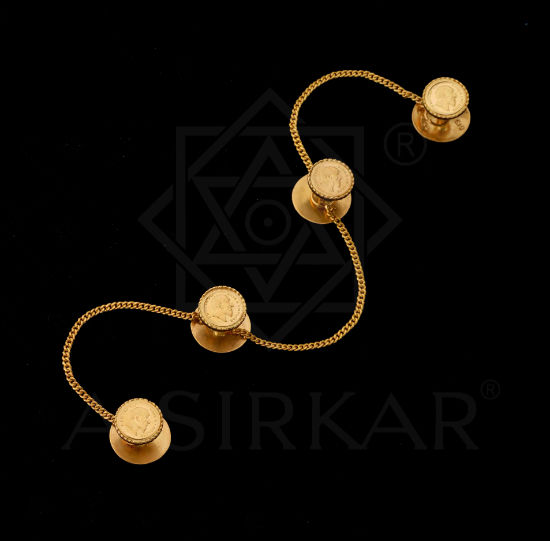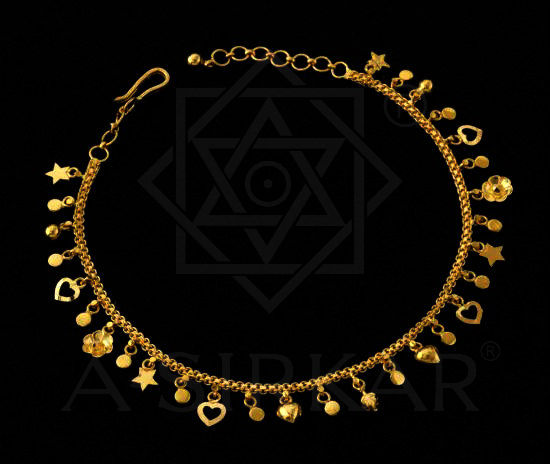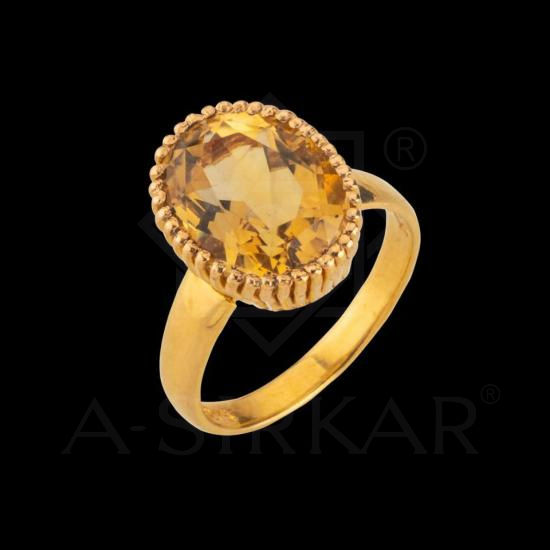A Set of 'Guinea' Studs With Chain, for 'Sambuddha'
A Set of 'Guinea' Studs With Chain, for 'Sambuddha' - Those matrimonial advertisements in newspapers, where the girl's detailed description (including skin colour and height!) used to be given and ...
A Set of 'Guinea' Studs With Chain, for 'Sambuddha' - Those matrimonial advertisements in newspapers, where the girl's detailed description (including skin colour and height!) used to be given and only a modest demand made of the groom being searched for, are hopefully a thing of the past. Anyway, in the Internet Age, such despondent language from the girl's side should be a strict no-no. Data and untreated photographs can surely be exchanged on the plethora of matrimony sites that exist for those still hell-bent on 'arranged' marriages. And, then, after due verification, a proposal may be put forth.
We do men's accessories — of the traditional and non-traditional (in the Indian context) kind. Chains and rings are standard. Studs for the Panjabi (funnily, the Bengali for kurta), not so much these days, seeing how limited the usage of that apparel has become. Functions and festivals aside, it's rarely worn in its formal splendour, and the colourful handloom cotton ones — printed or textured — hardly demand gold buttons as the purpose of appearing arty, left-leaning liberals gets defeated. There's scarcely more elitist a notion than combining thick cotton with gold.
Tie-pins, tie-bars, cufflinks and lapel-pins are all made bespoke, and can have diamonds and precious stones set in them to your fancy. Those gentlemen looking for more edgy stuff like collar-pins, single earrings (or paired ones), and nose-studs, are most welcome to our design resources. We'd love to do stuff that defines you the way you want. A full suite of jewels, too, is par for the course if you so deem it.
The pictured buttons are a traditional set of four commissioned by a sasuri (mother-in-law) for her jamai (son-in-law). This was her first-ever purchase from us. Whether it was a wedding gift or not we didn't ask but there was no accompanying chain for the neck nor any ring ordered with this. The wish was to have coins in some form on the buttons to resemble guineas. The medallions were locally struck and feature a hook-nosed Edward VII, completely inauthentic (rhinoplasty, by the way, is done with repute at the eponymous London hospital), ensconced in simple frames, each with a flattened twisted-wire edging. The chain that links the studs is plain-bichha. Note the footplate of the first stud on the right : it's the only one that's curved like a shallow bowl while the others remain flat. The reason for this is the way Panjabis would be worn with the top button-hole left unfastened. Invariably the fabric flops over to the left because of the weight of the metal and the footplate is exposed while the face of the stud goes into the fold. Seeing aesthetic opportunity in this slight malfunction, jewellers curved the plate (this also ensured the edges didn't catch on a shawl) and usually had the initials of the wearer engraved on it or a floriated pattern or an insignia. It then became a design feature integral to the ornament. Here, too, though you can't see it, the name 'Sambuddha', in Bengali, is inscribed on the rear face of the first stud's footplate.
READ MORE
READ LESS



